#orkney islands
Text
💫 Gwendoline Christie for Highland Park Whisky's new commercial 🥃
📍 Orkney Islands
(-> Twitter thread)






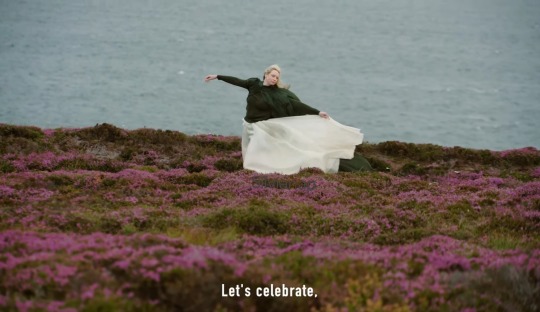
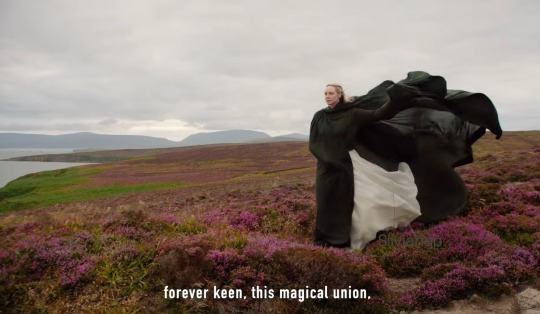

#gwendoline christie#gwen#Highland Park Whisky#new commercial#Orkney Islands#twitter thread#YouTube video#I'M IN LOVE#SO MANY TARTH VIBES#LOOK AT HER#SHE'S MAJESTIC
135 notes
·
View notes
Text

Modern art meets ancient stone in Britain's northernmost cathedral
#St Magnus Cathedral#Kirkwall#Orkney Islands#sandstone#Church of Scotland#saint's relics#stained glass#sacred space
126 notes
·
View notes
Text

So I made a dress and wore it and my sister did photos of it
#people say this looks like a#romance novel#photography#photoshoot#Scotland#landscape#model#this is at the cliffs of Yesnaby#orkney islands
3 notes
·
View notes
Text
Behind a paywall after you've read a certain number of articles, so;)
In 1851, Charles Babbage, the English mathematician and inventor, found himself preoccupied with what might happen should coal mines—then and now one of the primary sources of usable energy—become depleted. He concluded that “the sea itself offers a perennial source of power hitherto almost unapplied.” Babbage was talking about tides, those lunar-guided movements of the world’s oceans, and the very synonym of dependable constancy. But while his Difference Engine, a mechanical calculator seen as a seminal fore-runner to the computer, would essentially go on to remake our world, Babbage’s ideas about tidal power drifted in the undercurrent for the next century and a half, largely the province of dreamers.
Lately, however, buoyed by successful demonstration projects and a new interest in renewable energy bolstered even further by Europe’s anticipated turning off of Russian taps, tidal energy is moving increasingly into the mainstream. While the number of megawatts produced annually by tidal—in places from Canada’s Bay of Fundy to South Korea’s Sihwa Lake—is still small, notes Donagh Cagney, policy director for the advocacy group Ocean Energy Europe, “the increase is exponential.” For example, by 2050, tidal energy is expected to account for 11% of the U.K.’s electricity, compared with just 3% today.
But in remote coastal Scotland, some residents are already getting a taste of that future. Scotland has become to tidal energy what Saudi Arabia is to fossil fuels. Cagney chalks this up to several factors, ranging from its geography—the country is blessed with some of the world’s fastest-moving tidal sounds—to its experience in working with offshore oil extraction. For those reasons, it has for almost two decades hosted the world’s biggest grid-connected test bed for tidal energy, the Euro-pean Marine Energy Centre (EMEC). Founded in 2003, it’s headquartered in the Orkney Islands, off Scotland’s northern coast. Neil Kermode, the center’s director since 2005, has seen some 35 tidal-energy projects tested, by startups that have come and gone—some shuttered for lack of capitalization or nonviable technology, some absorbed by larger companies like GE.
But the biggest project ever run at EMEC is still there, providing power for 1 in 12 Orcadian households. The O2, as it’s dubbed, created by the Scottish company Orbital Marine, weighs some 680 tons, is longer than a Boeing 747, and skims the top of the water like the world’s largest rowing scull. “It looks like, well, a yellow submarine,” says Kermode. “When you see it, and the tide is roaring past, it’s really hard to realize it’s stationary. There’s a real optical illusion—you think this thing is being towed through the water.” But the O2 is chained to the seabed, via four cables, each capable of lifting some 50 double-decker buses off the ground. Only the water is moving, pushing two 10-m.-long turbines with some 100 metric tons of pressure, and continuously generating 2,000 megawatts (mW), enough to power roughly 2,000 homes.
For the entrepreneurs and researchers dedicated to harnessing that power, the ocean—that primordial space out of which so much of life on earth emerged—seems destined to once again supply the forces that will help create a new phase of history. But as anyone who has ever battled the waves by boat or board knows, taming the tides will be a gargantuan task.
The idea is simple. First, tides. They rise and fall predictably, relentlessly driven by the gravitational pull of the moon. Those traits combined make the tide an attractive proposition for powering the grid. “The sun doesn’t always shine; the wind doesn’t always blow,” notes Simon Forrest, the CEO of Scotland-based tidal-power producer Nova Innovation. But with tidal, he says, “we can tell you how much we will be generating two minutes past 3 in the morning a month from now, five years from now.”
Second, you need what is basically the equivalent of a wind turbine, placed underwater (either moored to the seabed or attached to the underside of some floating structure), which drives a generator. And luckily, water is denser than air, by some 800 times. “You tend to get a more compact, powerful source of energy,” says Forrest. “Our turbines are a lot smaller than wind turbines, but produce a lot more bang for the buck.” Nova, in particular, has other advantages: where the O2 floats, Nova’s turbines lie beneath the ocean surface. “Our technologies are unaffected by storms,” says Forrest. There’s no visual impact, he says—aesthetics have been a reason many people have objected to wind turbines in the past—and do not create hazards for shipping or other marine operations.
Nova billed its initial deployment, in Scotland’s Shetland Islands in 2016, as the “world’s first offshore tidal array.” There are now six turbines in Shetland’s Bluemull Sound, powering homes and, thanks to a collaboration with Tesla, electric-vehicle charge points as well. After the success of that project, authorities granted Nova a license to build a 50-mW array, which will provide up to one-third of Shetland’s power.
“We’ve been producing clean, predictable power for six years in Shetland,” says Forrest. “And you don’t see it.” Another thing that consumers on Shetland—or Orkney—do not see is the true price of their energy use on their monthly bills, thanks to government subsidies. For the technology to grow and spread globally, tidal-energy companies will need to reduce costs through scale and technology-driven efficiency improvements. It’s not a fantasy; for example, in the U.S., the price of wind power has fallen 70% over the past decade.
There is the question of how mass deployment of tidal turbines might impact the seas. “If you are putting something in the ocean that is extracting energy, [you] are perturbating the ocean,” says Michela de Dominicis, a senior scientist with the U.K.’s National Oceanographic Centre. “This can have cascading effects,” like disrupting the nutrient mix of ocean ecosystems as well as raising water temperatures. Her research suggests, however, that any disturbances may well be worth it. “In one of my papers I was showing that even if I’m putting like 20,000 turbines at sea and I’m perturbating the environment,” she says, “this effect is one order of magnitude less than what can happen with climate change.”
Tidal energy’s biggest hurdle may simply be the limited number of places in the world where it’s possible. In the U.S., aside from a small project in New York’s East River—which powers the equivalent of fewer than 400 homes—few sites have been identified that have the promise of Scotland’s waters. What the U.S. does have in abundance is coastline, which speaks to the promise of another ocean-energy source: waves. Despite an early burst of enthusiasm for wave power a few decades ago, tidal has since eclipsed it, in part because the open seas make for a more challenging environment. “It’s an unconventional resource,” says Andrew Scott, the CEO of Orbital Marine, who previously worked at Pelamis, an early and now defunct wave-power startup. “Waves have a vertical excursion. They’ve got a horizontal excursion. They’ve got a cyclical motion; they’ve got buoyance force; they’ve got different wavelengths that come at different angles. There’s no conceptual agreement … as to how you’re going to capture the energy.”
Given the potential payoff, however, people keep seeking new solutions. Inna Braverman, co-founder and CEO of the Israeli startup Eco Wave Power, thinks that early wave-power pioneers erred in trying to work far offshore. “The price was sky-high,” she says. “You need divers; you need to put all the conversion equipment inside the actual floaters that are in the middle of the sea.” Her company instead affixes wave-driven generators to onshore features like breakwaters. A pilot project in Gibraltar has been providing power for roughly 100 homes since 2016 at a fraction of the cost of offshore wave projects, she says. And the company is ramping up, with megawatt-level projects in Portugal and, most recently, the Port of Los Angeles.
Whether it’s moving on a wave or via the tide, water seems an integral part of the future energy equation. “The low-hanging fruit of wind and solar has been plucked,” says Cagney. “To get to net zero, we’re going to need every renewables resource we’ve got.” And as the global impacts of the Russian invasion of Ukraine underscore, energy security requires having a diversity of inputs. “There’s an advantage in having an energy source driven by a different sort of forces, because it means they don’t all align at the same time,” says Forrest. “If the wind doesn’t blow, it doesn’t stop the tide from flowing.”
58 notes
·
View notes
Text

The Nuckelavee is a monster from the Orkney Islands off the coast of Scotland. It is a creature that is described as a skinned horse and rider with the riders arms being abnormally long and scraping across the ground. Some firsthand accounts described it’s human half as having a pig mouth and a single red eye. It predominantly lives in the sea, but during the winter months it comes on land and wilts crops, brings droughts and spreads disease with its breath. The Nuckelavee is controlled and kept in check by the Mither of the Sea, an ancient spirit who is only able to confine it during the summer when she is at her strongest. The Nuckelavee is kept at bay by freshwater and would refuse to come on land when it was raining. Because of how terrible it is people on the Orkney Islands refuse to speak it’s name aloud without saying a prayer afterwards.
72 notes
·
View notes
Text
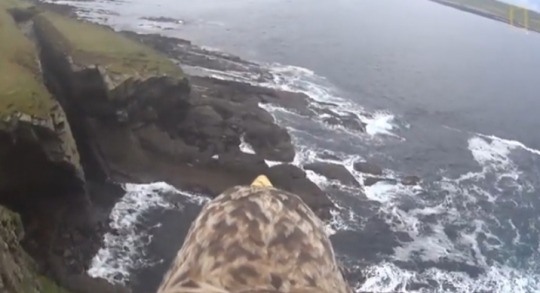

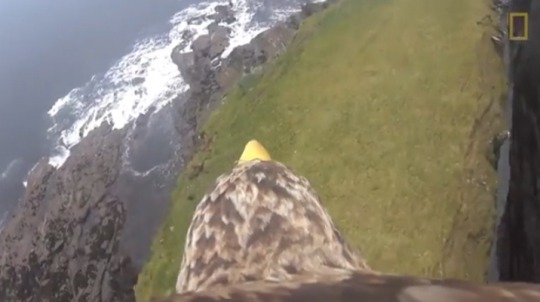


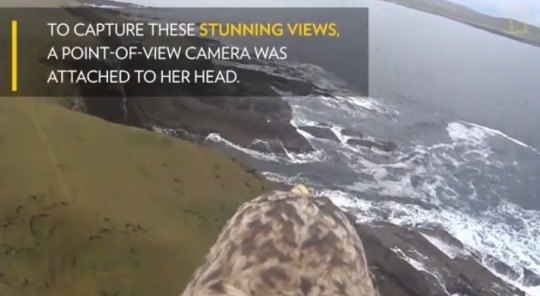


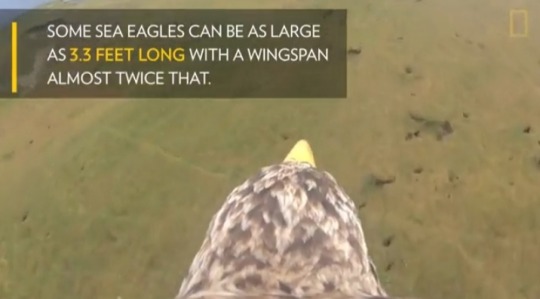

Bird's-eye view of Scotland's seaside cliffs.
3 notes
·
View notes
Text
This is an interesting article. Apparently, while London is neglecting Scotland, Edinburgh is neglecting Orkney. It doesn't help that the Sturgeon/Yousaf SNP is not being aggressive at seeking independence.
So the Orkney Islands are doing as their right is, and considering joining Norway.
One hopes the voters come to a decision soon, and act on it soon.
2 notes
·
View notes
Photo

Nuckelavee. Art by Matt Hughes, from Mother Mort's Carnival of Souls.
The Nuckelavee are horse-like demons from Orcadian folklore. Unlike many of the creatures within the carnival who have a dualistic nature, this creature was one of pure evil, spreading plague, death and pestilence wherever they went and torturing the islanders. They were greatly feared and were spoken off in hurried, terrified whispers. Within the carnival however, they have been trapped within the merry go round, stopping their reign of terror amongst human kind. Still, the unworthy and the guilty will suffer greatly at their hands. This card represents disease, illness and health issues. It is a sign to seek medical attention if you have perhaps been putting off doing so, or merely to put one’s health first and prioritize your physical well-being. It is a reminder that our bodies are fragile and require basic maintenance to ensure longevity.
3 notes
·
View notes
Photo

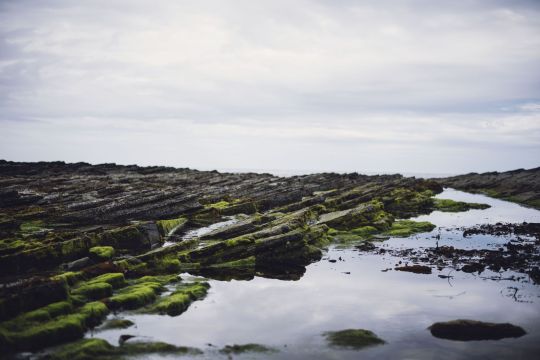
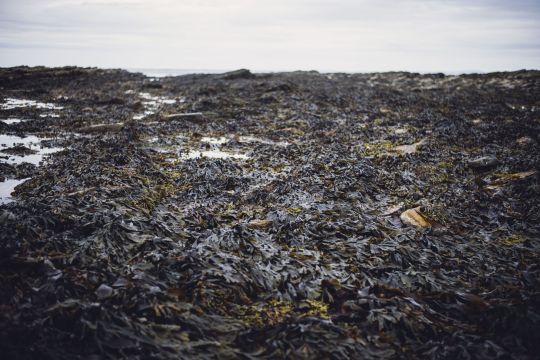

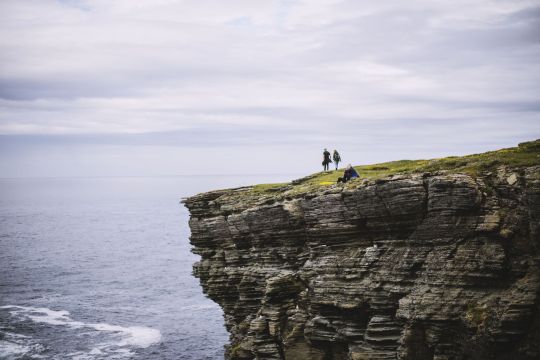





Orkney Islands, June 2016
#travel#natural#nature#natural light#landscape#orkney islands#island#scotland#scottish#sky#sea#north sea#afternoon#rock#reflection#reflections#bokeh#bokehlicious#walk#blue#water#waves#landscape photography#photography#photoart#summer#summer time#north#2016#june
8 notes
·
View notes
Text
Michael Ross, at the age of 26, in 2005, had a wife and two daughters and was living in Inverness.
Michael Ross, who murdered Indian waiter Shamsuddin Mahmood in the Orkney Islands when he was 15, haopened in 1994. His targeted act of violence was cold and professional, and a good marksman.
Edmund Ross, his father, had tried to obstruct justice in his son's case, and had also lied to police officers.
Could either Michael Ross or Edmund Ross be linked to the murder of Alistair Wilson?
Some witnesses have described the suspect in Alistair's murder to have been 5 ft 7inch tall, between 20 and 40 years old. Edmund Ross is 6 ft. Alistair's murder happened in 2004, while Mahmood's murder was earlier in 1994.
Michael Ross was older at that time, so could have fit the description of the suspect in the Alistair Wilson murder?
#shamsuddin mahmood#alistair wilson#michael ross#edmund ross#nairn#orkney islands#orkney#inverness#scotland#true crime#possible link#thoughts#homicide#murder
1 note
·
View note
Text

A plan for the Orkney Islands to join Norway raises many questions
#Ring of Brodgar#Orkney Islands#prehistoric#stone circle#Scottish islands#ferry crisis#Nordic culture#Norway#UK
62 notes
·
View notes
Text

I haven't posted in a long time, so a bit of an update. Tumblr's Scotch Club has unfortunately shuttered due mainly to the pandemic putting a squash on gatherings. The members have also scattered to the winds off to different opportunities, but remain in touch.
I have been quietly enjoying whatever whisky I can get my hands on, and I'm currently back in Edinburgh enjoying this 12 yo Highland malt from an unnamed Orkney distillery (aka Highland Park) bottled by The Single Malts of Scotland in 2019. A perfect highlander, nice and light for the afternoon. A bit of spice and pleasantly malty.
Hope everyone is doing well, and I hope to revive regular meetings of Scotch club at my current place of work. At the very least, I'll be posting my scotch haul from this trip when I get back stateside. Cheers!
3 notes
·
View notes
Text
sailing
Route:
Flug über Dublin nach Glasgow - mit dem Zug nach Inverness - Beginn des Segeltörns - Orkney Islands - Fair Isle - Shetlands - über die Nordsee nach Norwegen - Alesund - Flug von Vigra nach Oslo.
0 notes
Text

youtube
#trows#of#orkney islands#shetland islands#trow#fiddle#melancholy#baroque#tartini#violin#sonatan#classical music#fantasy#folklore#transit#zone#shift#emerge#transcend#midwinter#saga#the sea#time#Youtube#tam bichan
1 note
·
View note
Photo

Ring O'Brodgar stones in Orkney Islands, Scotland
0 notes